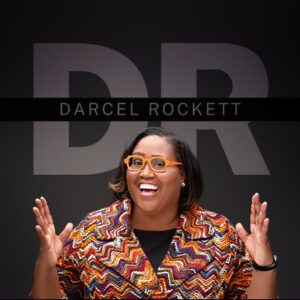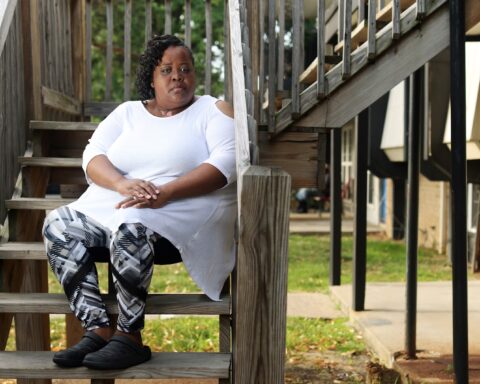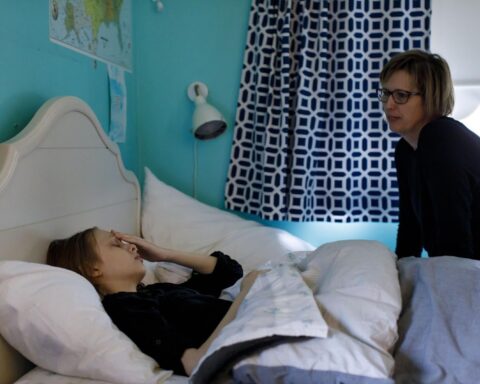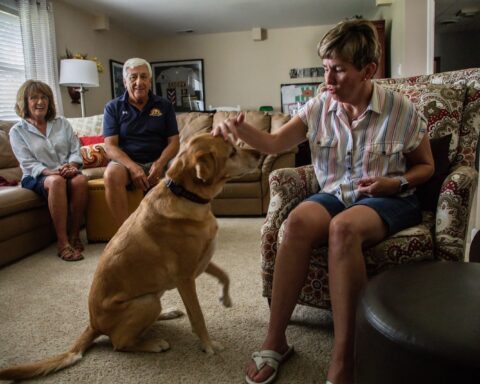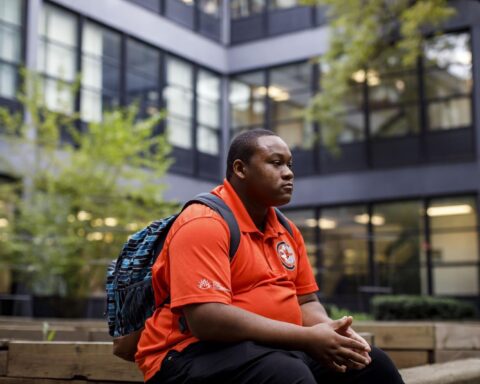Labels, categorization, boxes. There are some, if not many, who don’t want any part of identifying themselves by others’ characterizations.
But, according to Nicole Legate, an assistant professor of psychology at the Illinois Institute of Technology, some categorization is vital when it comes to addressing health disparities in sexual minority groups (groups other than heterosexuals), including higher levels of distress, lower levels of self-esteem, and unprotected sex.
It was while looking for those health disparities between heterosexuals and sexual minorities that Legate, with co-author Ronald Rogge of the University of Rochester, found a new sexual orientation category that they believe should be considered alongside heterosexuals, bisexuals and homosexuals. That category is heteroflexibles — men and women who identify as heterosexual but who are strongly attracted to or engage in sex with people of the same sex. Legate said this group does not identify as bisexual, which is why these individuals should be in their own unique category.
Heteroflexibles are much less out about their orientation, according to Legate, so they don’t talk about it to other people nearly as much as bisexuals or gay and lesbian individuals. And not offering that bit of information to a health provider could prevent a physician, for instance, from recommending getting tested or talking about PrEP, pre-exposure prophylaxis, to prevent against HIV since same-sex partners (regardless of how one identifies) tend to have greater risk for sexually transmitted infections.
Legate and Rogge discussed heteroflexibles in a 2016 study where they created an algorithm that looks at survey participants’ identity, behavior and attraction to produce a more data-driven look at sexual orientation. The study included over 3,000 people in the U.S. and took about two years to complete. In the study, 56% of bisexuals said they had had a same sex partner in the previous year, and for heteroflexibles, it was 42%, Legate said. She estimates that up to 15% of the general population may identify as heteroflexible but that a larger representative sample is needed for more research.
“Against heterosexuals, they (heteroflexibles) showed higher rates of different kinds of risks and worse psychological functioning,” Legate said. “The risk behaviors they showed in our study were things like problematic drinking, condom-less sex — so greater levels of sexually transmitted infections. There are so few studies out there about this group, and we have not yet uncovered the reasons why they might show this higher level of risk.”
Next steps, Legate said, include nailing down why heteroflexibles might engage in same-sex activity versus opposite sex activity, how many heteroflexibles there are and why this group shows certain health disparities.
The more accurate estimates are of sexual minorities in the population, the better prepared researchers and health care providers interested in studying health, epidemiological and psychology issues related to sexual orientation can be when addressing their needs.
“When you go to the doctor’s office, they don’t ask you for your sexual orientation,” Legate said. “I think educating providers about the fact that it’s OK to ask and that it is relevant in many cases just like knowing race and age — these are standard demographic questions that can give us a little extra health information or help us understand what groups may be at elevated risks for different things.”
Getting on the same page with a wider, yet standardized unified range of sexual orientations would be a tremendous advance in the sexual orientation literature, Legate added.
The more recognition of sexual diversity, the less stigmatization there will be, Legate said. Local podcasters/marketing managers and sisters Dionna Gray and Danyelle Gray agree on that front — the more options in the sexual orientation spectrum, the better. The duo, with creative director Emily Dahlquist, are behind the upcoming monthlong “womxn-centered” gallery exhibition “Womanish” that explores nonbinary experiences by women-identified artists. Danyelle Gray said another sexual orientation category does not seem out of place in 2020.
“I feel like anything is possible, everything is so fluid, and I feel like they say sexuality is such a spectrum, so there can really be so many stops on the spectrum,” she said.
“Since people are finally feeling a little bit more comfortable in having a voice, they can also kind of define their own stereotypes a little bit more,” Dahlquist added. “We all have a lot of different perspectives that we live with. And I think even in our lifetime/generation, we’ve seen LGBT go to LGBTQI to A to + and keep on going. I feel like the spectrum is just going to keep getting larger and larger and celebrated.”

